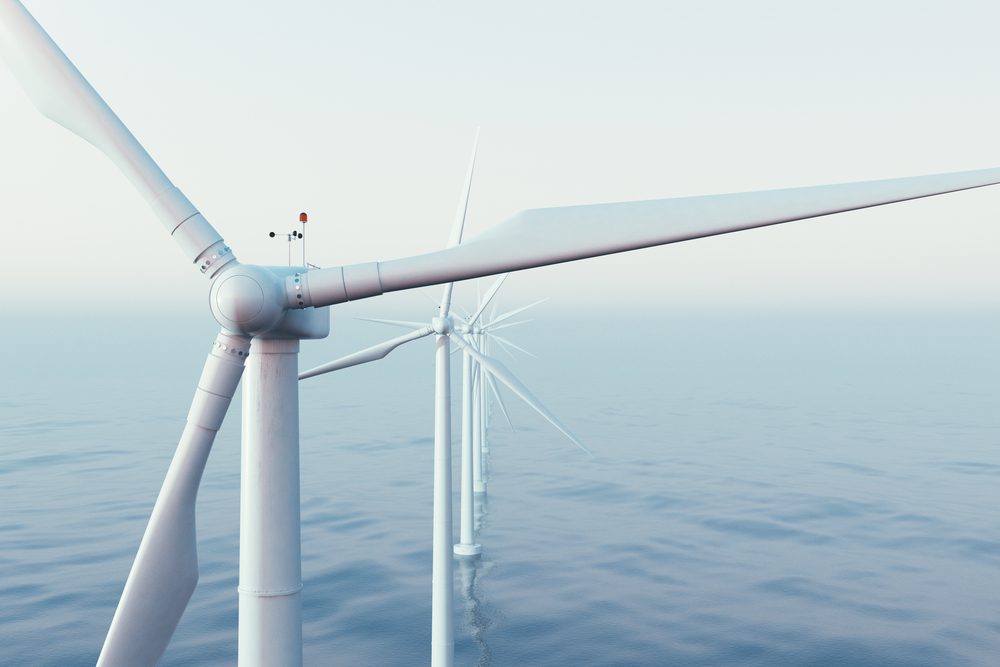Photo: Rost9 / Shutterstock
By Jeremy Hodges (Bloomberg) –The U.K. will generate more energy from low-carbon sources than from fossil fuels this year for the first time since the Industrial Revolution.
Wind, solar, hydro and nuclear plants provided 48% of the nation’s electricity in the first five months of 2019, according to the U.K. network operator National Grid Plc. Coal, which made up more than 30% of the mix a decade ago, fed just 2.5% at the end of May.
Britain has led major economies in decarbonizing its power systems as it exits burning coal for power by 2025 and has installed more offshore wind turbines than anyone else. So far this year, the country has gone without burning coal for around 1,900 hours, the equivalent of 80 days. That included a record-breaking run of 18 full days without the dirtiest fossil fuel.
“It’s absolutely possible we will get to zero carbon for the power system,” John Pettigrew, National Grid’s chief executive officer, said in an interview. As the cost of technology for wind and batteries continue to fall, the U.K. system operator says it will be ready to meet the targets set by government.
This year has already surpassed the total amount of coal free hours seen across the whole of 2018, according to The Department for Business, Energy and Industrial Strategy. That’s the equivalent of preventing 5 million tons of carbon dioxide being spewed into the atmosphere, the government department said.
Life Beyond Fossil Fuels
In 2009 fossil fuels made up more than two-thirds of the electricity mix, that has fallen to below half so far in 2019, according to National Grid data.
How the U.K. weans itself off natural gas eventually will need to be the next, and most difficult step in the country’s ambition to become carbon neutral by mid-century. The least polluting fossil fuel regularly makes up more than 50% of the power mix when winds are low and the sun isn’t shining.
“Our job is to plan for these things and to make sure we’re prepared, but I wouldn’t underestimate the significant progress that has been made in the last 10 years,” Pettigrew said.
Breaking the Habit
“That’s the shape of things to come, with coal phased out entirely by 2025 and offshore wind becoming the backbone of our future clean energy system,” said Luke Clark, head of external affairs at trade association RenewableUK. “We also need to maximize the use of other technologies like low-cost onshore wind and innovative tidal energy if we’re to reach the government’s target of net zero greenhouse gas emissions by 2050.”
While technologies like using hydrogen and carbon capture are seen as the only way to dramatically reduce emissions within that time frame, they are still years away from being deployed at the sort of scale needed.
“The U.K. is decarbonizing its energy system more rapidly than anywhere else in the world but to reach our zero carbon targets we need negative emissions,” said Will Gardiner, chief executive officer of utility Drax Group Plc. “Biomass with carbon capture and storage has the potential to deliver negative emissions.”
Drax has been running a carbon capture pilot project at its biomass power plant in the north of England.
© 2019 Bloomberg L.P

 Join The Club
Join The Club











